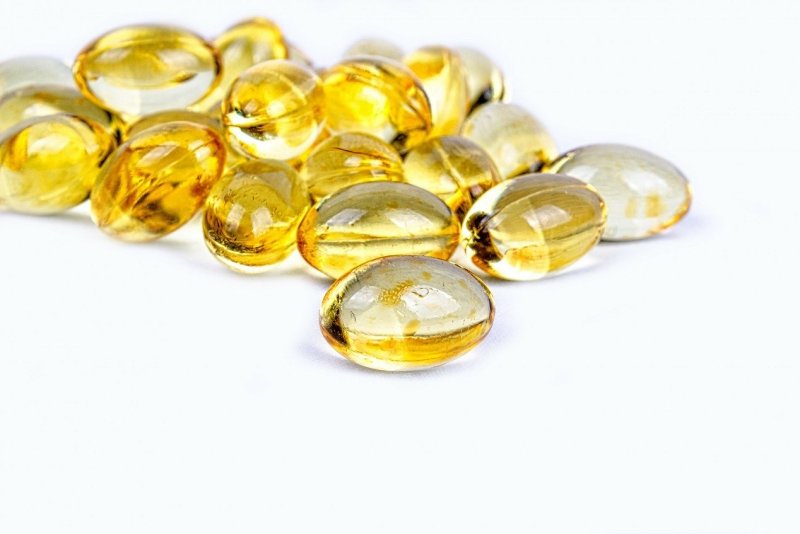A large study confirmed that vitamin D can help defense against COVID-19 -- deficiencies in the nutrient can increase coronavirus risk by more than 50%, researchers report. Photo by
PublicDomainPictures/Pixabay
Sept. 17 (UPI) -- Vitamin D deficiency increases a person's risk for getting infected with COVID-19 by more than 50%, research published Thursday in the journal PLOS ONE found.
In a study of more than 190,000 people who had been screened for COVID-19, nearly 13% of those with lower-than-recommended levels of the nutrient tested positive for the coronavirus, the data showed.
Conversely, just over 8% of those with "adequate" vitamin D levels and 6% of those with high levels had COVID-19, according to the researchers.
Overall, the researchers found people with "deficient" levels of vitamin D were at 54% higher risk of having the coronavirus.
"Simply going to your local pharmacy, purchasing a vitamin D supplement and taking it as directed can significantly reduce your risk for getting this deadly disease," study co-author Dr. Michael F. Holick told UPI.
"That's as good, if not better, than what any potential vaccine will do in terms of protection," said Holick, a professor of physiology, biophysics and molecular medicine at Boston University.
Vitamin D is thought to boost immune system function, and recent research has suggested it may help protect against respiratory infections, like the flu and the new coronavirus.
The Endocrine Society recommends that infants and children get 400 to 1,000 international units, or IUs, of vitamin D daily, while teens and adults should consume as much as 1,500 to 2,000 IUs per day.
Research suggests that up to 40% of people have vitamin D deficiency, while up to 60% have insufficient levels of the nutrient, said Holick, who chaired the committee that authored the recommendations.
For most people, exposure to sunlight is their primary source of the nutrient, and most people in the northern United States are unable to produce sufficient levels in their skin from November through mid-March, due to lack of sunlight, he said.
Even a typical healthy diet doesn't provide sufficient levels, he said.
The only foods rich in vitamin D are mushrooms exposed to sunlight, cod liver oil and wild-caught oily fish like salmon, according to Holick, who said he uses supplements to increase his intake to 6,000 IUs daily and has all of his patients taking in 3,000 IUs per day.
"A glass of milk only has 100 IUs of vitamin D," he said.
In their analysis, Holik and his colleagues found that 12.5% of people with less than 20 nanograms per milliliter of vitamin D in their blood -- defined as "deficient" -- tested positive for COVID-19, while 8.1% of those with 30 to 34 nanograms per milliliter -- or "adequate" -- had the virus.
Overall, 5.9% of people with higher levels -- 55 nanograms per milliliter or more -- of vitamin D in their blood tested positive for COVID-19, the data showed.
In a separate analysis, using population data for vitamin D levels based on zip codes, deficiency was more common in areas with higher Black American and Hispanic American populations, the researchers said.
These same areas had higher COVID-19 infection rates -- 16% for Black American majority zip codes and 13% for Hispanic American majority zip codes -- than those with majority White American -- 7% -- populations, they said.
"With the inevitable second wave that's coming, this is a compelling reason for all Americans to improve their vitamin D status," Holick said.















